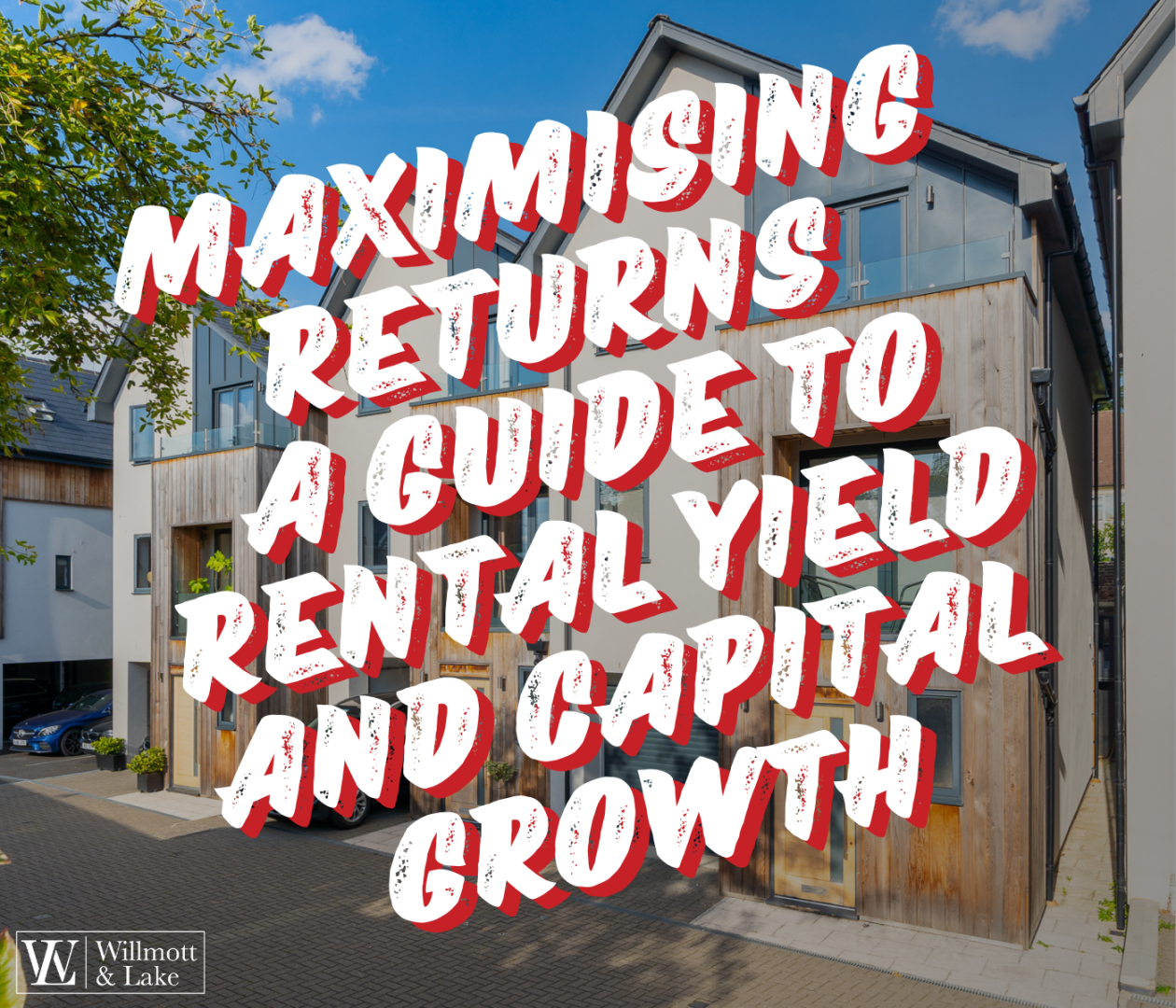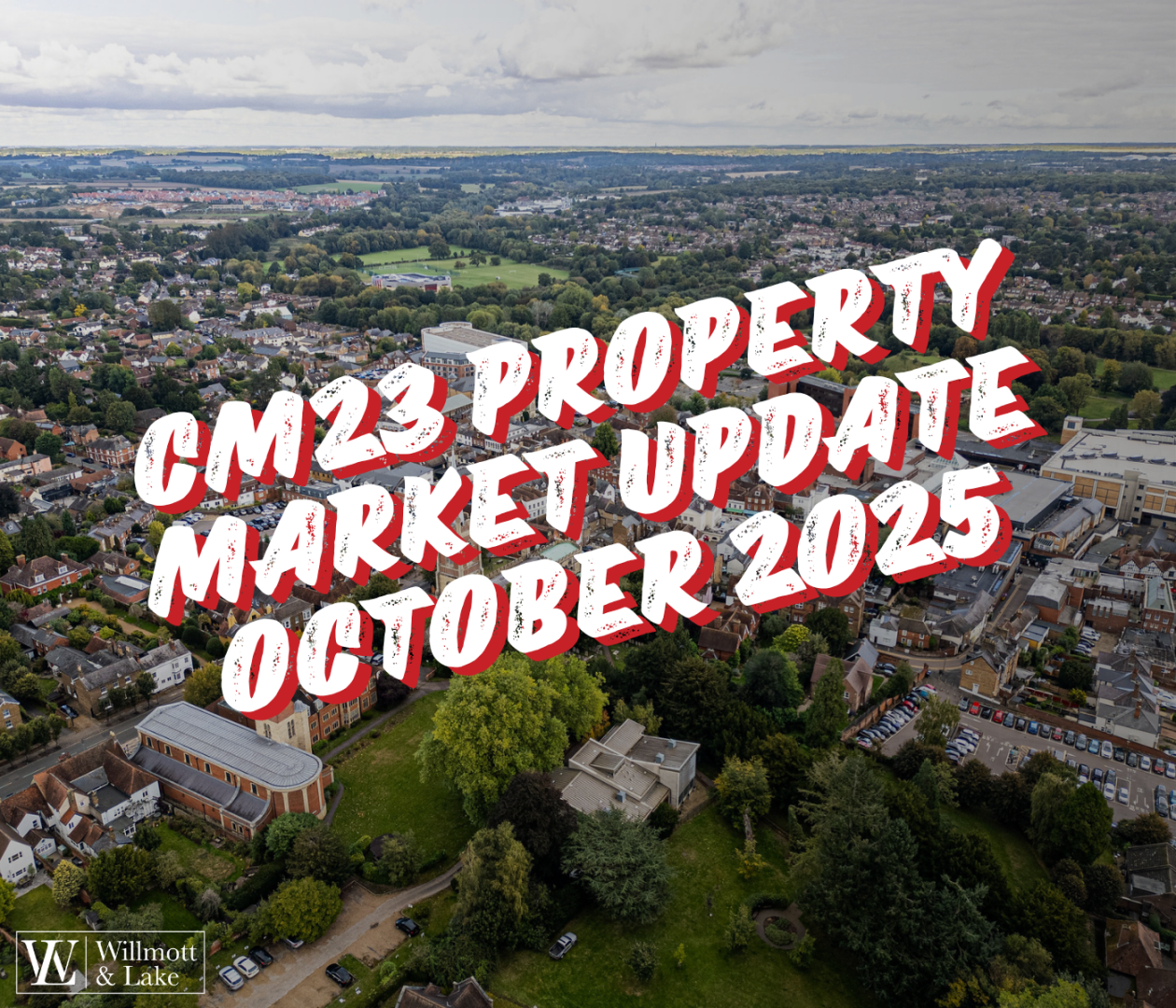If you're thinking about investing in property, you’re likely aiming for either regular income (rental yield) or an increase in your property’s value over time (capital growth)—or perhaps both. Here’s a quick rundown of each, and what they mean for property investors.
Rental Yield
Rental yield is essentially the return on investment you’re earning or anticipate from a property. Landlords and investors use this as a key metric to assess the performance of their investments.
How to Calculate Rental Yield: To calculate yield, you'll need the property’s purchase price (or current market value) and its annual rental income.
- Take the annual rental income.
- Divide it by the property value or purchase price.
- Multiply by 100 to convert to a percentage.
Example Calculation:
Annual rental income: £6,000
Purchase price: £100,000
Yield: 6%
This calculation is known as gross yield. Net yield, however, considers additional costs like insurance, mortgage payments, and maintenance, giving you a more accurate reflection of returns.
Regional Variations:
Rental yields can vary widely across regions due to differences in property values and average rents. For instance, Norwich might yield a different rate than Durham, so it’s essential to consider location when assessing a property’s potential return.
Capital Growth
Capital growth (or capital appreciation) is the increase in a property’s value over time. It’s impacted by a mix of factors, including local regeneration efforts, new infrastructure, or transport links, which can enhance the attractiveness and value of an area.
Example of Capital Growth:
- Purchase Price: £100,000
- Current Value: £125,000
- Capital Growth: £25,000
Both rental yield and capital growth are crucial elements for investors, as they reflect both short-term returns and long-term wealth building potential in property investments.







Share this with
Email
Facebook
Messenger
Twitter
Pinterest
LinkedIn
Copy this link